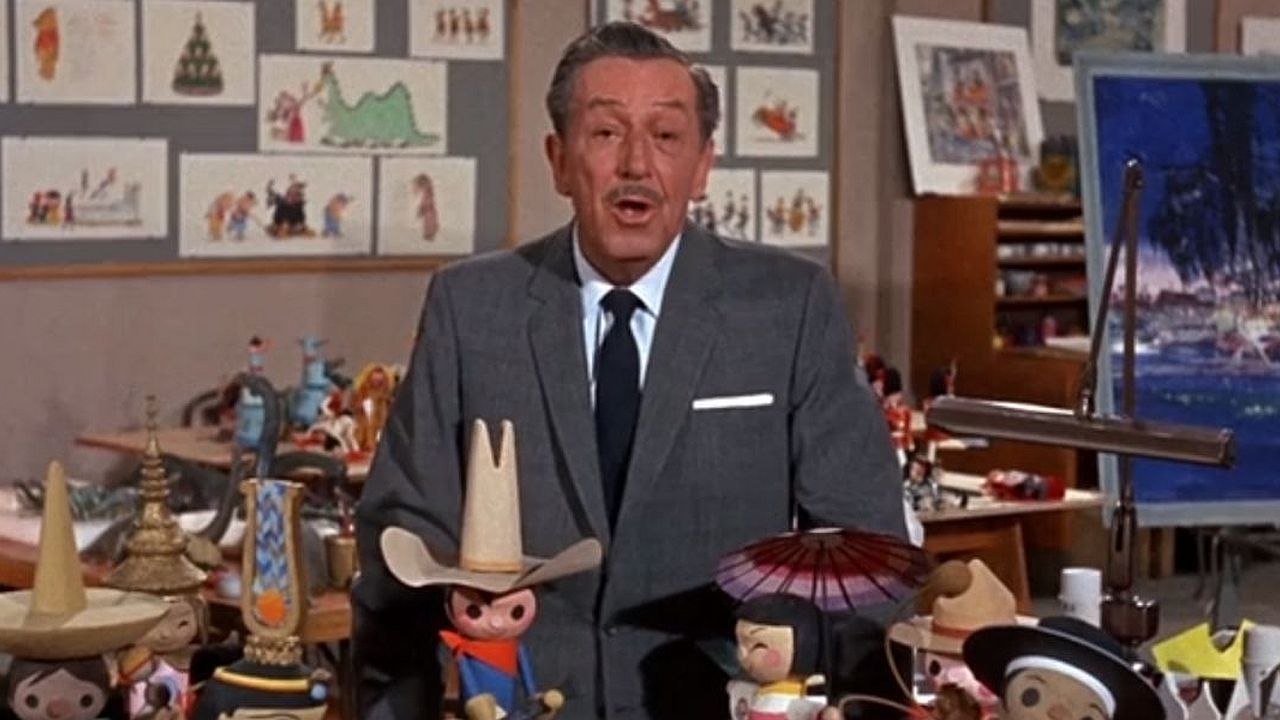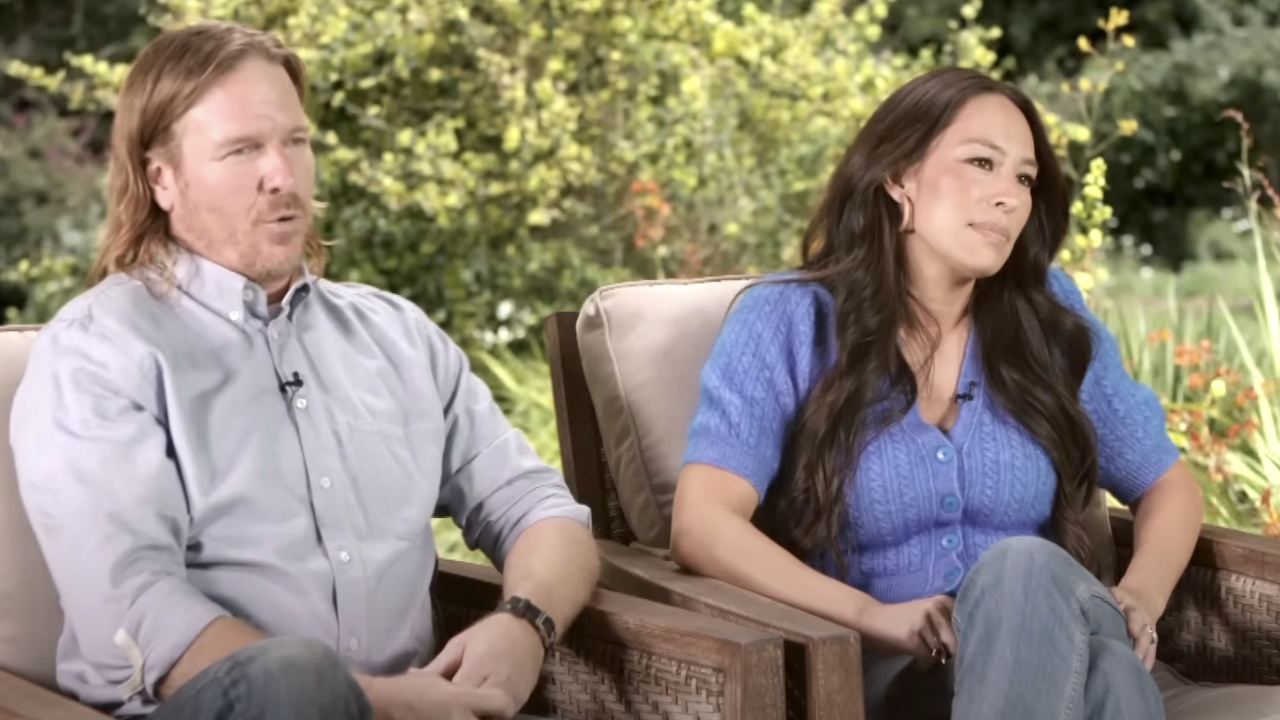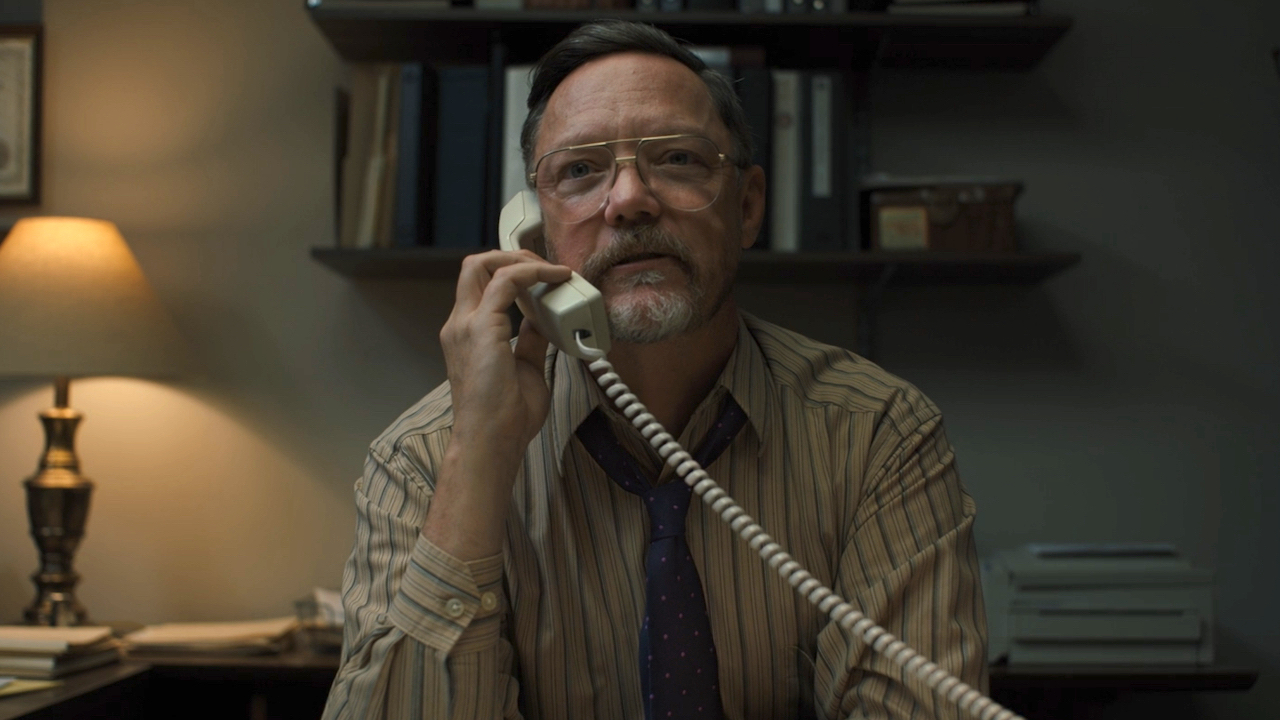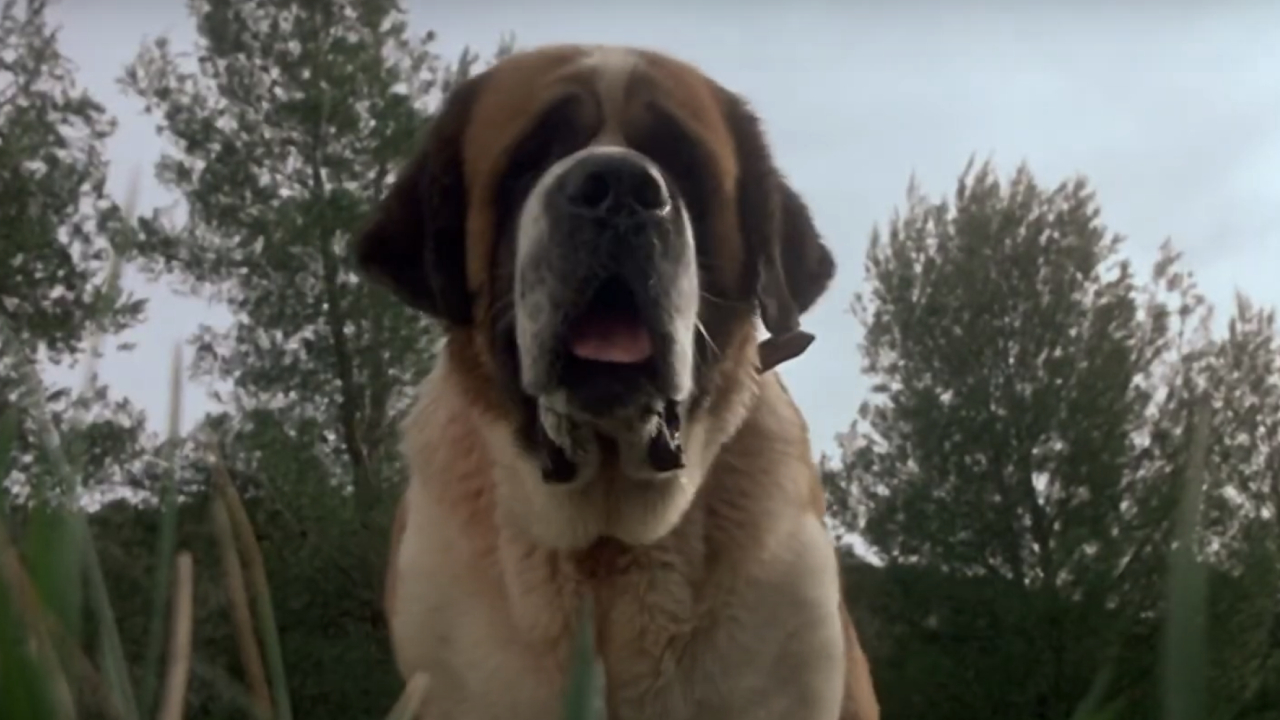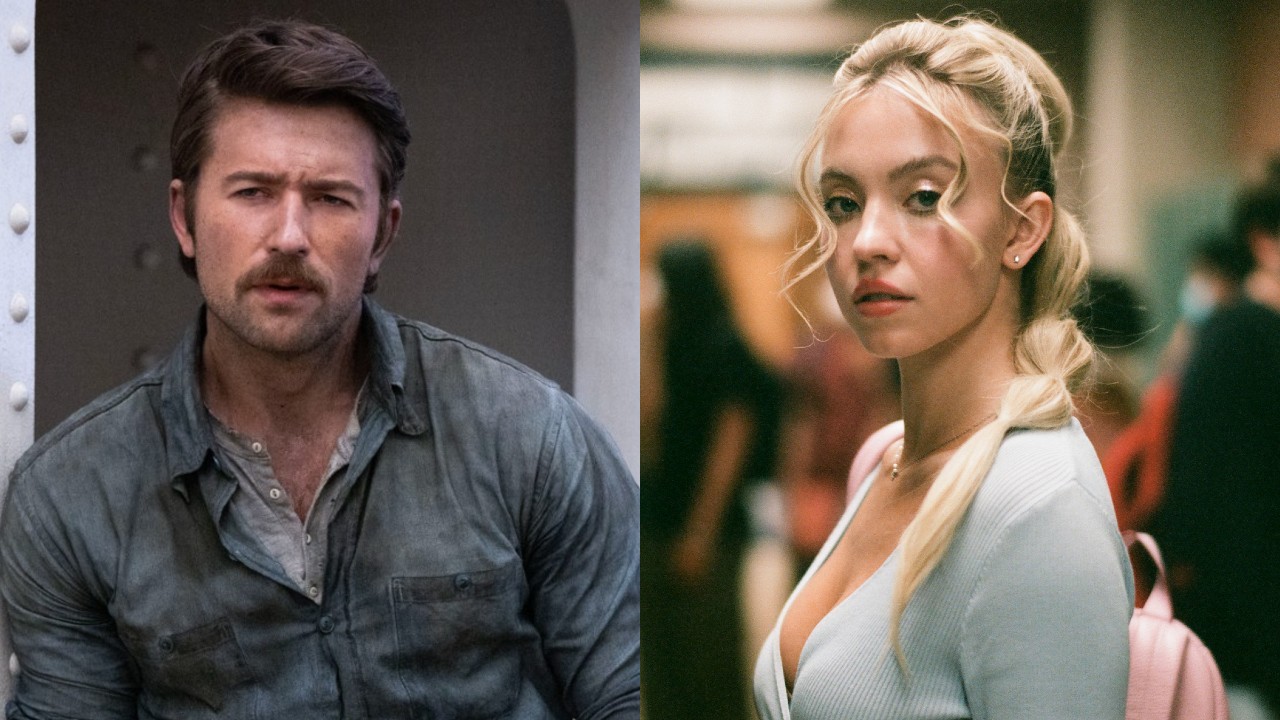'I Couldn't Find A Sound Effect For It': The Weird And Honestly Shocking Story Behind How Dune's Sound Designer Created The Giant Sandworm
You'll never guess how they formed that suction sound.
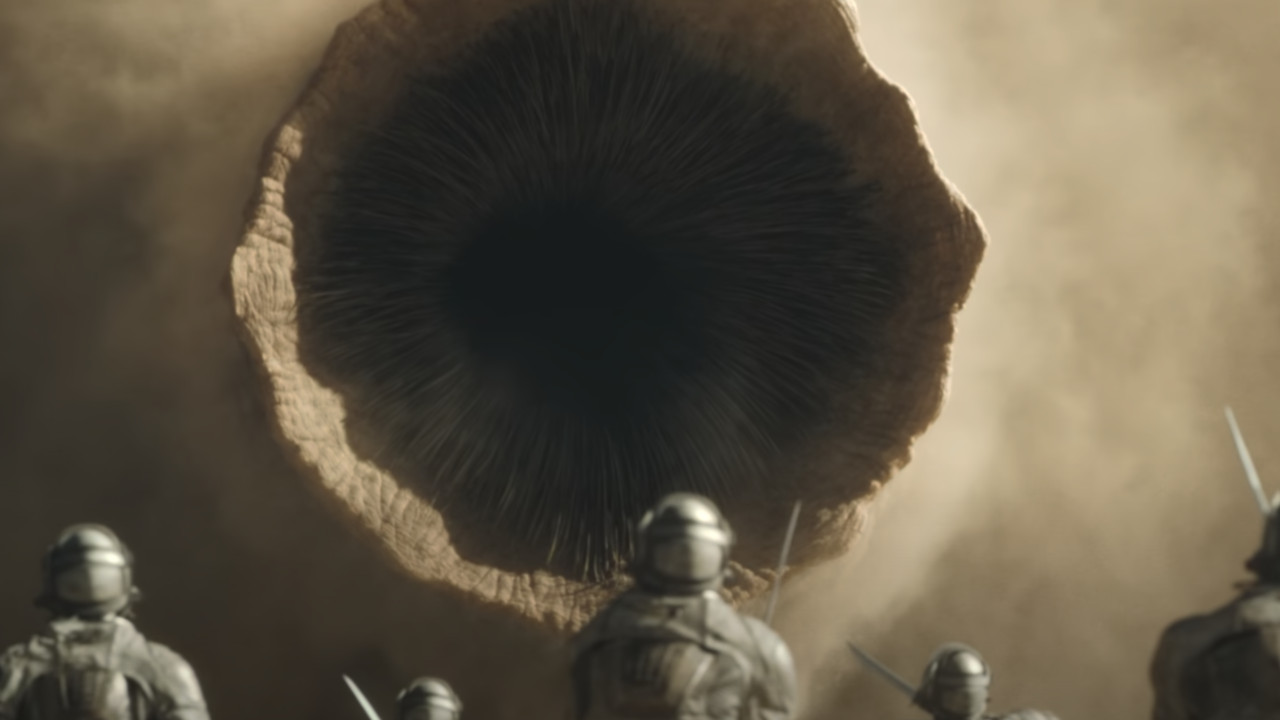
Denis Villeneuve’s Dune movies are true sights to behold. That’s due to the efforts of Villeneuve and his collaborators, as they meticulously worked to bring Frank Herbert’s vision to life. Among the key elements of the films are the much discussed (and explained) gigantic sandworms, which are as intimidating to see as they are to hear. On that latter front, the creatures make a distinct noise whenever they appear and consume pretty, and the film’s sound designer revealed the weird and honestly shocking story behind crafting the noise.
Sound designers and editors have tedious tasks, and that’s especially true when it comes to the Dune films, which feature creatures that don’t exist. With that, the crew must formulate sounds for them and do so in a myriad of ways. Veteran sound editor Mark Mangini, who won an Oscar for Best Sound for his work on the first film, shared insight into the sandworm sound with Avid Technology. It turns out he couldn’t find a natural sound to represent the moment a worm sucks up something, so he took matters into his own hands:
This is the maw of the worm, right? And Denis always liked to tell us that the worm was 400 meters long and like, four stories high, and he wanted to hear the driest suction pulling them down into its belly. And I couldn’t find a sound effect for that. And, as is often the case, the easiest way to do it is to do it yourself. So I took a little lavalier mic, maybe like the one I have on, and I just did this [acts as if mic is going down his throat and makes sound]. And I dropped the lavalier mic down my mouth, and that’s how you get this.
I have a great appreciation for what sound editors do and, quite frankly, this wild anecdote just adds to that admiration. Honestly, I can say that I would’ve never thought to have produced the suction sound in that manner. Of course, it worked and definitely made sense for the film. You can check out the rest of Mangini told Avid, including how he adjusted the sound for the finished film, by checking out the Instagram video down below:
A post shared by Avid (@avidtechnology)
A photo posted by on
The sandworms are huge parts of the Dune universe, both figuratively and literally. While they serve as threats hidden beneath the sands of Arrakis, they also serve as modes of transportation, particularly for the Fremen. 2024 movie release Dune: Part Two also sees one of the worms involved in a major scene involving Timothée Chalamet’s Paul Atreides. At one point in the film, Paul rides a worm as a mark of acceptance amongst the Fremen’s rank, and that ride sequence took a lot for it to be put together as well.

Denis Villeneuve Explains Why His Dune Movies Won't Really Be A Trilogy
It’s known that Denis Villeneuve is writing a third film, subtitled Messiah, which will likely mark the return of the sandworms. What exactly the Canadian filmmaker has in mind for them, but there are still possible ideas that could be utilized. In a previous interview, Mark Mangini mentioned that for the first film, had the idea to record sounds for a sandtrout, which is a larvae form of a sandworm. While it didn’t appear in either of the first two flicks, it could be used in the third.
More immediately, though, I’ll say that I wouldn’t be surprised if be Mr. Mangini – who also won an Oscar for Best Sound Editing for his work on Mad Max: Fury Road – receives another Academy Award nod for Dune: Part Two. The film deftly builds on the first film buying going above and beyond with visuals and sounds, which is saying a lot. We’ll have to wait and see what happens but, if Mangini does win, I’ll definitely be thinking about his sandworm suction story the moment he takes to the stage to grab his golden statue.
Both of the Dune films are available to stream now with a Max subscription.
CINEMABLEND NEWSLETTER
Your Daily Blend of Entertainment News

Erik Swann is a Senior Content Producer at CinemaBlend. He began working with the publication in 2020 when he was hired as Weekend Editor. Today, he continues to write, edit and handle social media responsibilities over the weekend. On weekdays, he also writes TV and movie-related news and helps out with editing and social media as needed. He graduated from the University of Maryland, where he received a degree in Broadcast Journalism. After shifting into multi-platform journalism, he started working as a freelance writer and editor before joining CB. Covers superheroes, sci-fi, comedy, and almost anything else in film and TV. He eats more pizza than the Teenage Mutant Ninja Turtles.
